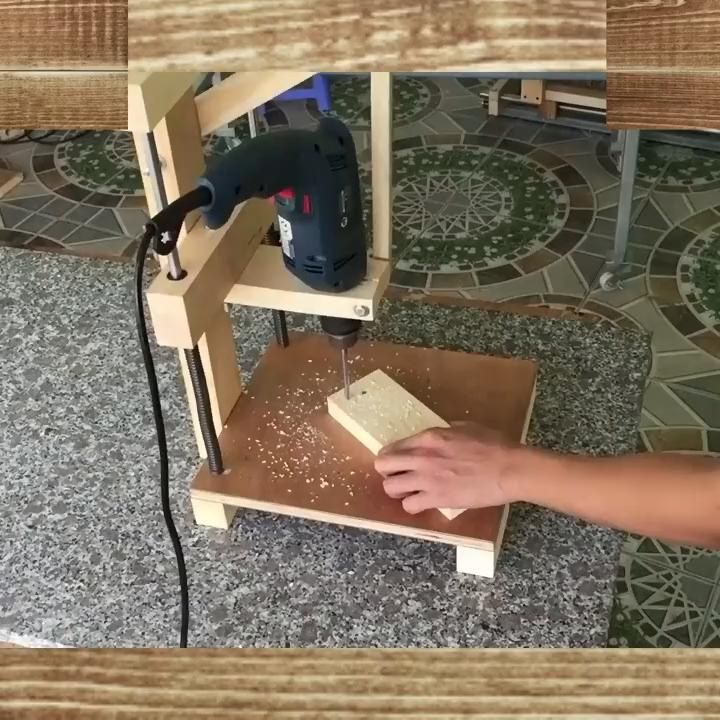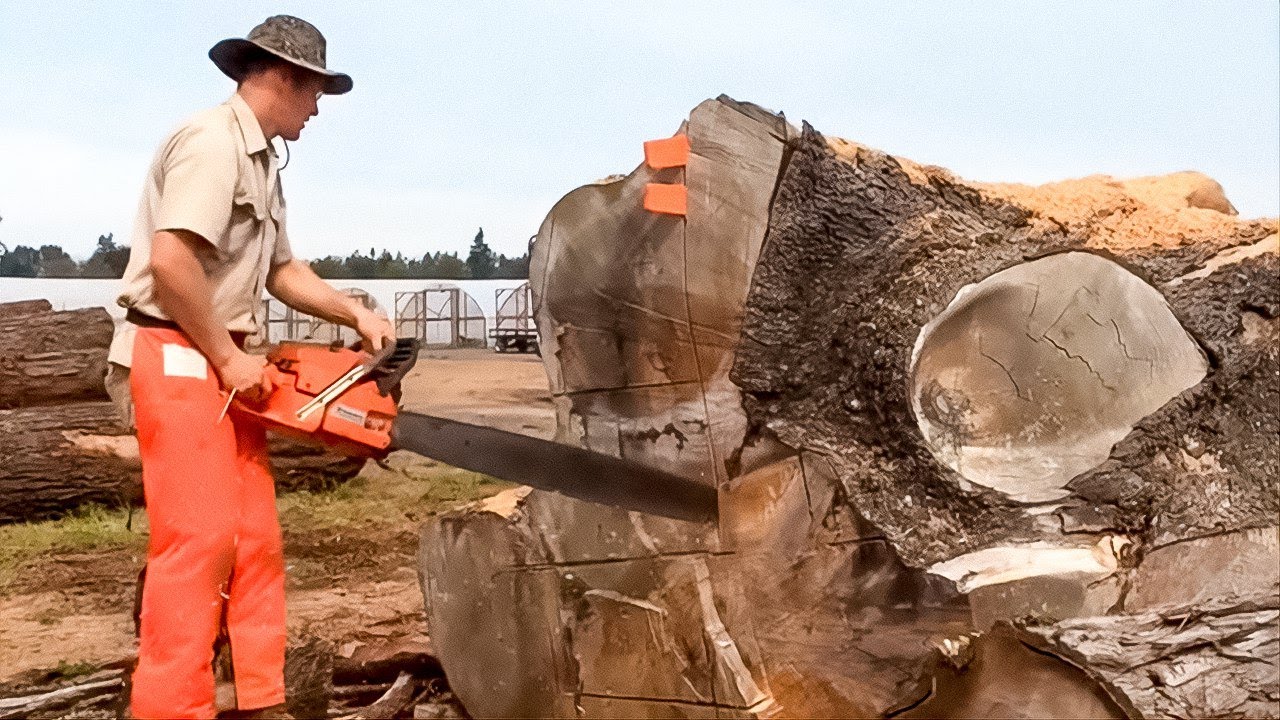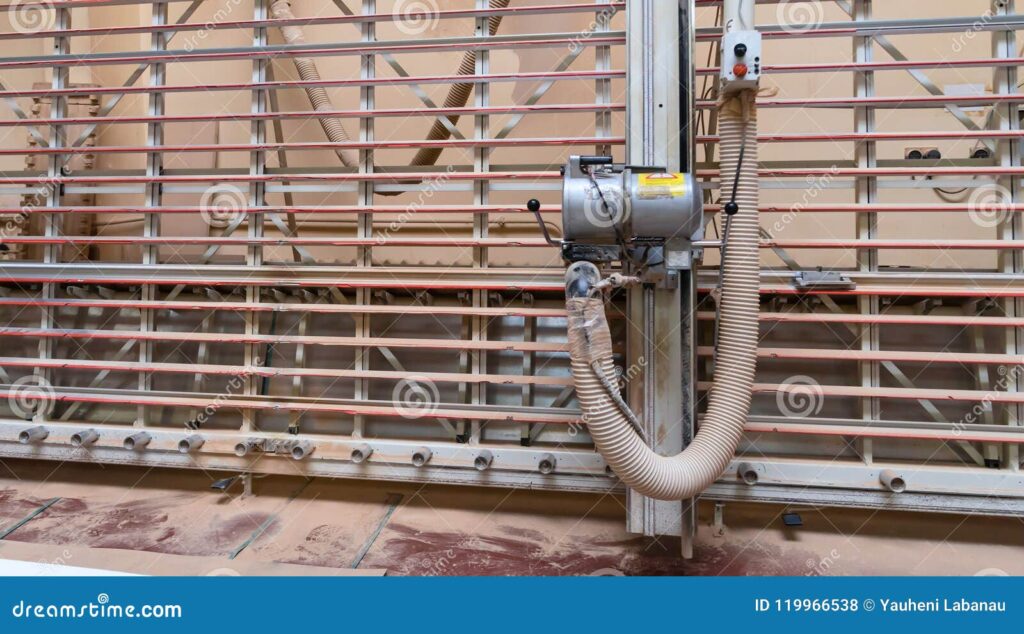Advancements In The Woodworking Industry.
Advancements in the Woodworking Industry

The woodworking industry has seen significant advancements in recent years, driven by technological innovations and a growing demand for high-quality and sustainable products. Here are some notable developments:

1. Computer-Aided Design (CAD) and Manufacturing (CAM)

CAD/CAM software allows woodworkers to design and create detailed plans and models of their projects digitally. This technology enables precise cutting, shaping, and assembly, resulting in higher levels of accuracy and efficiency.
2. CNC (Computer Numerical Control) Machines
CNC machines are automated systems that operate based on computer-generated instructions. They can perform complex cuts and shapes with precision, reducing labor costs and improving productivity. This technology enables mass production and customization of woodworking projects.
3. Laser Cutting and Engraving
Laser cutting and engraving machines use high-powered lasers to cut or engrave intricate designs on wood surfaces. This technology allows for precise and detailed work, which is ideal for creating decorative elements, signage, and custom furniture.
4. Sustainable Materials and Techniques
Growing environmental concerns have driven the demand for sustainable woodworking practices. Woodworkers are now using eco-friendly materials such as reclaimed wood, bamboo, and recycled plastic lumber. They are also employing techniques to minimize waste and reduce the impact on the environment.
5. Advanced Finishing Techniques
Advancements in finishing techniques have led to improved durability and aesthetics of woodworking projects. These include innovative coatings such as UV-cured finishes, which provide superior protection against wear and tear.
6. 3D Printing
3D printing technology has emerged as a game-changer in the woodworking industry. It allows for the creation of complex and customized objects by depositing layers of material. This technology enables the production of unique designs and replacement parts.
7. Virtual and Augmented Reality (VR/AR)
VR/AR technologies provide immersive experiences that enhance the design and visualization of woodworking projects. Woodworkers can preview their designs in virtual environments and interact with them using AR headsets.
8. Sensors and IoT (Internet of Things)
Sensors and the IoT are transforming woodworking machinery into intelligent devices. These technologies allow for real-time monitoring of equipment performance, maintenance scheduling, and remote diagnostics.
Impact of Advancements:
These advancements have had a significant impact on the woodworking industry, leading to:
- Increased efficiency and productivity
- Improved precision and accuracy
- Customization and personalization of products
- Reduced environmental impact
- Enhanced safety and convenience for woodworkers
As the industry continues to evolve, we can expect even further advancements in technology and sustainable practices, shaping the future of woodworking for years to come.## Advancements In The Woodworking Industry
Executive Summary
The woodworking industry has experienced significant advancements in recent years, driven by technological innovations, sustainable practices, and a growing demand for customized and high-quality products. This article explores the latest developments that are transforming the industry and shaping its future.
Introduction
Woodworking has been a cornerstone of human civilization for centuries, providing essential products that enhance our lives and define our surroundings. Today, the industry is undergoing a remarkable transformation, fueled by cutting-edge technologies, ecological concerns, and a renewed appreciation for artisanal craftsmanship. This article delves into the key advancements that are driving this evolution, highlighting their impact on the industry and its future prospects.
FAQ
1. What are the major technological advancements in woodworking?
- Computer-aided design (CAD) software for precise design and planning
- Computer-numerically controlled (CNC) machines for automated cutting, shaping, and finishing
- 3D printing for rapid prototyping and complex design features
2. How is sustainability influencing the woodworking industry?
- Sourcing wood from sustainably managed forests
- Using eco-friendly adhesives and finishes
- Incorporating recycled materials into products
3. What is the role of design in modern woodworking?
- Custom designs tailored to individual preferences and needs
- Ergonomic furniture for improved comfort and well-being
- Artistic woodworking that elevates furniture to the level of art
Subtopics
Computer-Aided Design (CAD)
CAD software has revolutionized woodworking by enabling precise and efficient design.
- Enhanced precision: Digital models allow for accurate design and detailed visualization.
- Optimized materials utilization: CAD helps minimize waste by optimizing the use of wood.
- Collaboration and sharing: CAD files facilitate collaboration between designers, manufacturers, and clients.
- Rapid design iteration: Digital designs make it easy to modify and iterate, reducing development time.
Computer-Numerically Controlled (CNC) Machines
CNC machines have automated many aspects of woodworking, increasing efficiency and accuracy.
- Increased productivity: CNC machines operate faster and more consistently than manual tools.
- Complex shapes and intricate cuts: CNC machines can create intricate designs and precise cuts that are difficult to achieve manually.
- Consistency and repeatability: CNC machines ensure consistent quality and accuracy across multiple products.
- Reduced labor costs: Automation frees up workers for more specialized tasks.
3D Printing for Woodworking
3D printing is a promising technology that offers new possibilities for woodworking.
- Rapid prototyping: 3D printing allows for quick and cost-effective prototyping of designs.
- Complex design features: 3D printing can create intricate and complex shapes that are difficult to produce with traditional techniques.
- Customization and personalization: 3D printing enables the creation of highly customized products tailored to individual needs.
- Reduced material waste: 3D printing minimizes material waste by using only the exact amount of wood required.
Sustainable Woodworking Practices
Sustainability is a growing concern in the woodworking industry, driving the adoption of responsible practices.
- Sustainable sourcing: Wood is sourced from sustainably managed forests to minimize environmental impact.
- Eco-friendly adhesives and finishes: Low-VOC and non-toxic adhesives and finishes protect human health and the environment.
- Recycling and upcycling: Wood scraps and old furniture are repurposed into new products, reducing waste.
- Reduced carbon footprint: Sustainable practices aim to minimize the industry’s carbon footprint throughout the supply chain.
Design-Driven Woodworking
Design is playing an increasingly important role in woodworking, emphasizing aesthetics and functionality.
- Custom design: Products are tailored to meet individual requirements and preferences.
- Ergonomic furniture: Furniture is designed to enhance comfort and support the well-being of users.
- Artistic woodworking: Woodworking is elevated to an art form, creating unique and visually stunning pieces.
- Integration with technology: Design incorporates technology to enhance functionality and user experience.
- Collaboration with architects and designers: Woodworkers collaborate with architects and designers to create cohesive and aesthetically pleasing interiors.
Conclusion
Advancements in the woodworking industry are transforming the way we design, create, and use wood products. From technological innovations to sustainable practices and design-driven approaches, the industry is evolving to meet the demands of a modern and discerning market. By embracing these advancements, woodworkers can push the boundaries of creativity, enhance sustainability, and deliver exceptional products that enrich our lives and shape our surroundings.
Keyword Tags
- Woodworking advancements
- CAD software
- CNC machines
- 3D printing for woodworking
- Sustainable woodworking
- Design-driven woodworking















Recent Comments
A WordPress CommenterSays
Hi, this is a comment. To get started with moderating, editing, and deleting comments, please visit the Comments screen in…
adminSays
Yep, that worked. Thanks